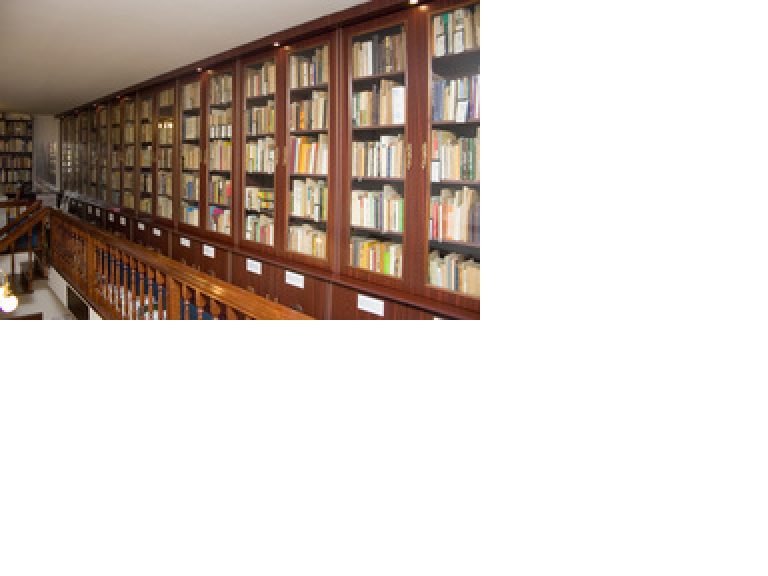Bequest of Martin, György

Местоположение
-
Budapest Corvin tér 8, Hungary 1011
Покажи на картата
Езици
- Английски
- Унгарски
- Френски
Име на колекцията
- Bequest of Martin, György at the Hungarian Heritage House
Произход, история и културни дейности
Описание на съдържанието
Съдържание
- лична документация (плакати, листовки, печати и т.н.): 10-99
- ръкописи (его-документи, дневници, бележки, писма, чернови и др.): 1000-
- филм: 500-999
Оператор(и)
Собственик/ци
Географски обхват
- международен
Основател
Дата на създаване
- 1999
Място на създаване
-
Budapest, Hungary
Покажи на картата
Създатели на съдържание
Личност(и), събрали колекцията
Важни събития в историята на колекцията
Избрани примери
Достъп
- completely open to the public
Публикации
[!]hasAuthorsOfEntry
- Vámos, Gabriella
Списък библиография
http://www.hagyomanyokhaza.hu/main/mediatar/hagyatekok/martin/documentumok/
2020-03-04 10:35:53
